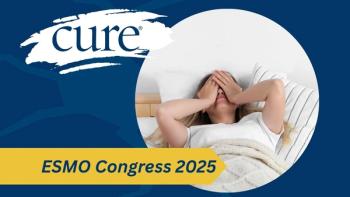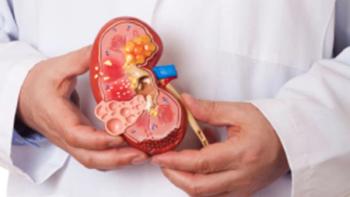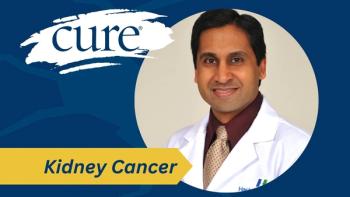
- Summer 2008
- Volume 7
- Issue 2
Clinical Trials: Time for a Redesign?
Researchers explore ways to improve drug evaluations in pediatric clinical trials.
In the effort to find new treatments, the relatively small number of children with cancer can make studies difficult based on having few participants. But since no one wants those numbers to increase, perhaps the studies themselves might adapt.
In January, researchers from Children’s Hospital of Philadelphia proposed an idea that, if implemented, would mark the first change in pediatric phase I clinical trial structure in more than 40 years. The proposal was greeted with cautious optimism, and may even be written into study designs by the end of this year.
Phase I trials, which are meant to determine the best dose and safety of a new agent, typically work in tiers of three. Three volunteers take the lowest dose, and if none experience dose-limiting symptoms of severe toxicity, three more volunteers try out the next highest dose. If one of them gets ill from the medicine, three more are recruited. If one more of these new patients experiences toxicity, then the study stops and the cutoff for toxicity is set at the lower dose. The benefit is that no more than three patients at a time are in danger of experiencing serious side effects.
This method of titration has largely been successful, but it involves time and a steady supply of patients. Pediatric oncology is usually lacking in both.
The new proposal is called “rolling six,” but it is not a game of chance. Enrolling three patients at a time, which follows historical tradition, introduces a lot of waiting time into drug trials, says Jeffrey Skolnik, MD, a physician at Children’s Hospital of Philadelphia and associate director for clinical oncology development at AstraZeneca. Since pediatric trials usually wait for adult studies first, children are already starting behind.
“What would happen if we allowed six to come into the study at once, with the concern that you would have too many become toxic?” he says. With six participants and not three, he acknowledges, the concern is that three more patients might be exposed to a dose that doesn’t work, or has serious side effects.
But it might also be a more efficient way to get an answer. Writing in the Journal of Clinical Oncology, Dr. Skolnik and colleagues examined known data from safety studies conducted between 2000 and 2006, and asked a computer program to perform a statistical exercise to gauge whether six at a time would expose more children to toxic side effects. In the simulated version at least, the method appeared to be just as safe as the traditional design, and shaved about two months off the testing process.
In an editorial published with the study, researchers from the University of Chicago wrote that “the proposed new paradigm for pediatric phase I drug evaluation is intriguing and merits further study to confirm its efficacy and safety.”
Dr. Skolnik says he and his colleagues understand that any new design must be at least as safe as the old one, recognizing that cancer drugs often operate in a narrow twilight between harm and benefit. But the process as of now, he says, needs to consider the best way to provide answers for children. “I hope this is a little ripple in what’s to come in changing the face of early clinical trials.”
Articles in this issue
about 15 years ago
On a Rollabout 15 years ago
Detection Toolsabout 15 years ago
Federal Laws Against Employer Discriminationabout 15 years ago
Understanding Hereditary Cancerabout 15 years ago
A Difficult Inheritanceabout 15 years ago
Healing Escapesover 16 years ago
Web Exclusive: Another Sonover 16 years ago
Web Exclusive: Saving Livesover 17 years ago
Breaking News from ASCOover 17 years ago
A Better Way to the Brain




